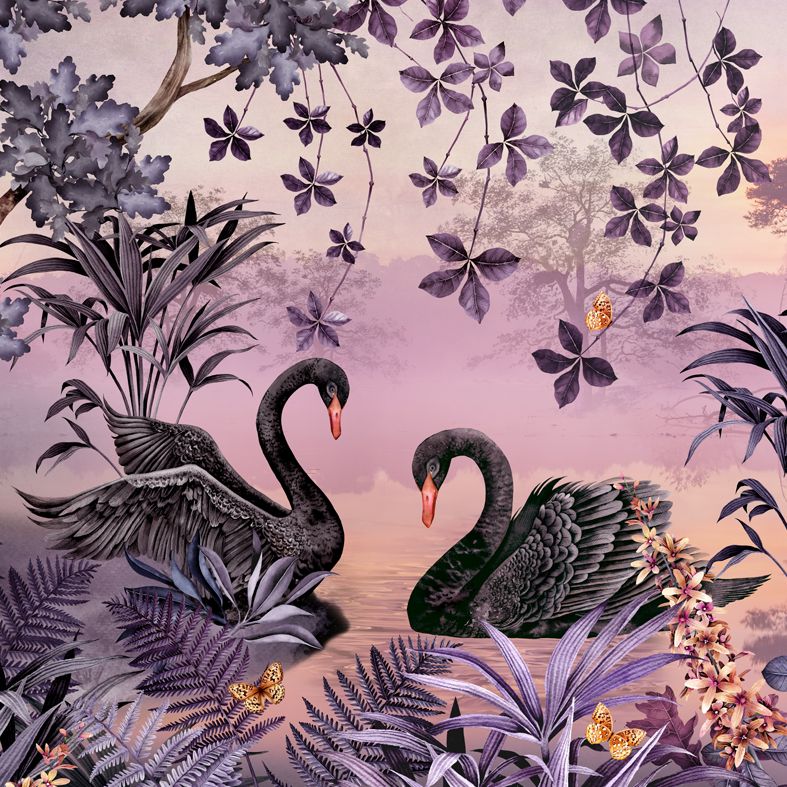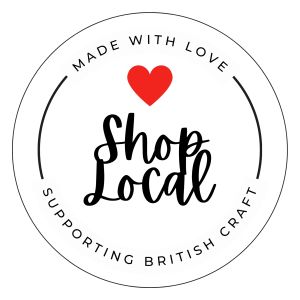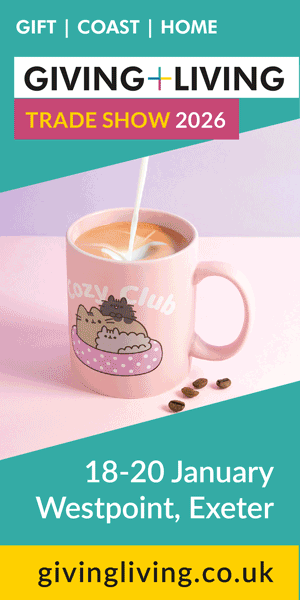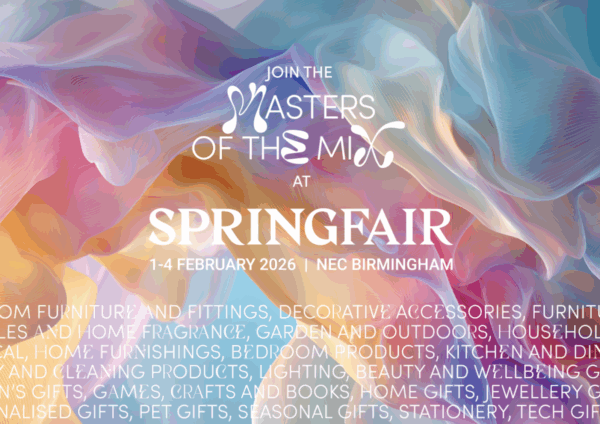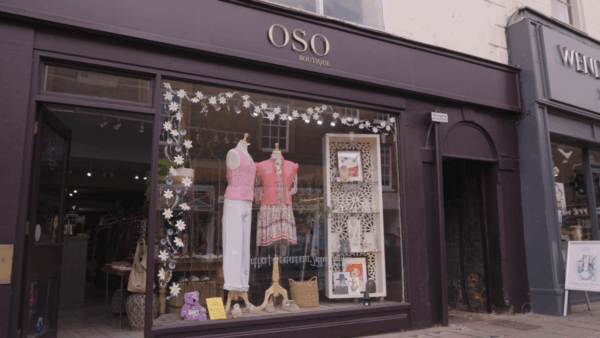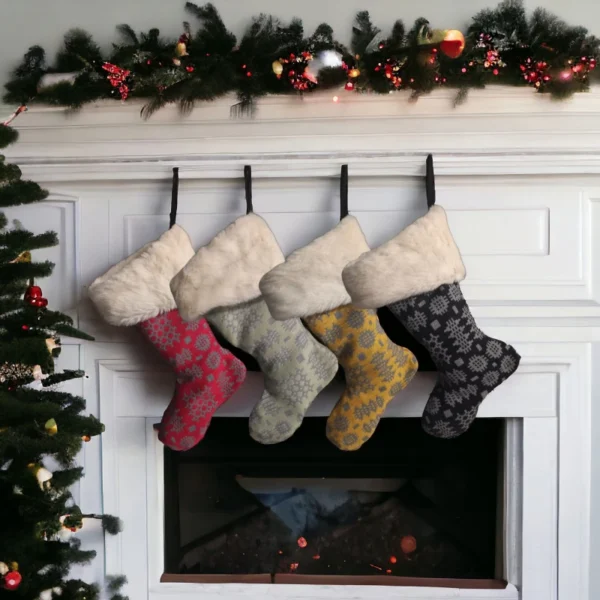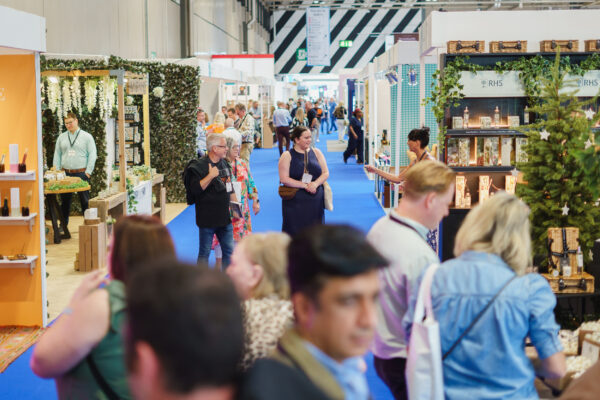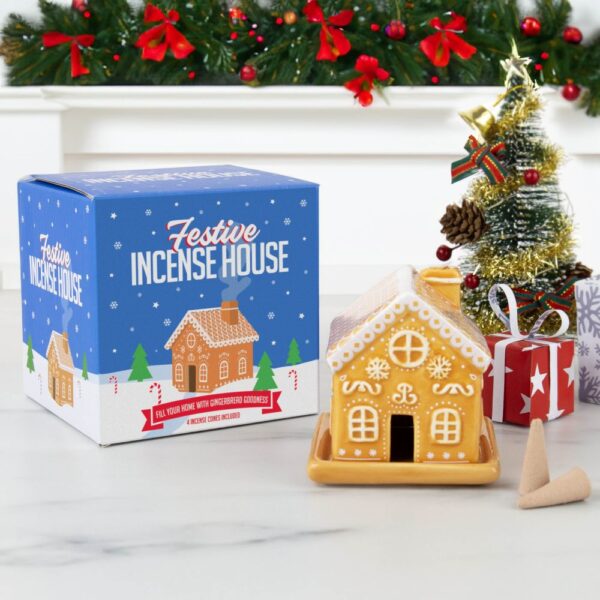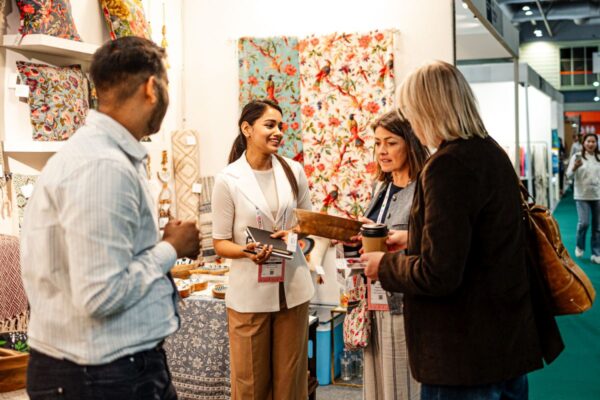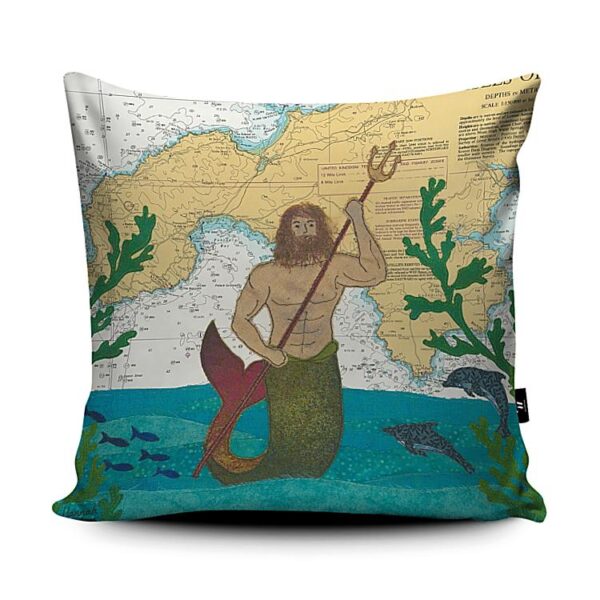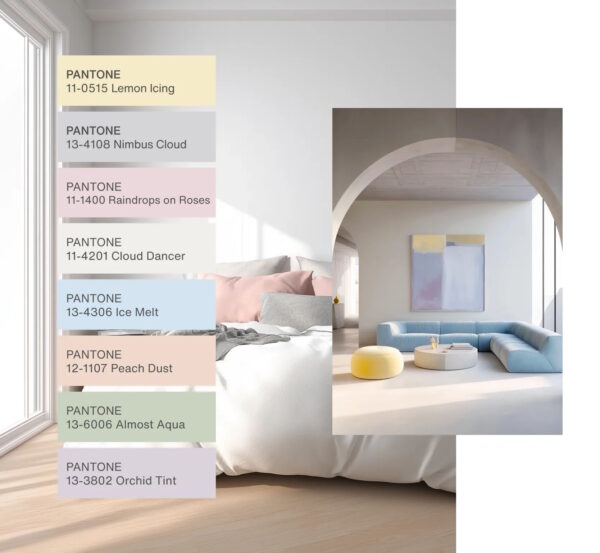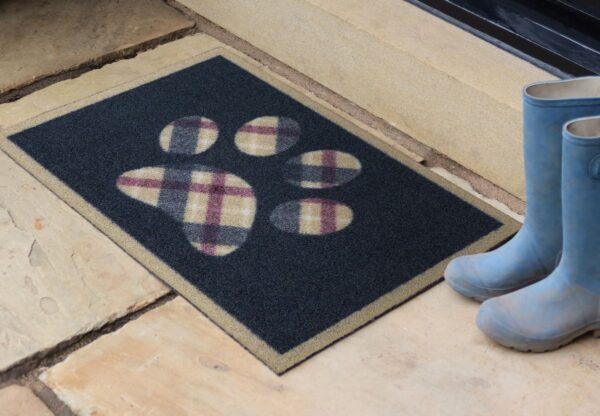 New launch event Floradecora, organised by Messe Frankfurt, offers an exciting new purchasing option for fresh plants and flowers in the heart of Europe.
New launch event Floradecora, organised by Messe Frankfurt, offers an exciting new purchasing option for fresh plants and flowers in the heart of Europe.
The market for flowers and ornamental plants remained stable in 2015, although there has been a change in the locations where flowers and ornamental plants are purchased, with discount stores growing in popularity among consumers alongside the classic sales outlets.
 There is also a trend towards convenience products with a growing demand for straight-forward and effective floral arrangements that customers can simply pop into their shopping carts. Floradecora, the new platform for the trade in Frankfurt am Main from 27 to 30 January 2017, will spotlight trends such as these.
There is also a trend towards convenience products with a growing demand for straight-forward and effective floral arrangements that customers can simply pop into their shopping carts. Floradecora, the new platform for the trade in Frankfurt am Main from 27 to 30 January 2017, will spotlight trends such as these.
Floradecora will run alongside both Paperworld and Christmasworld, providing a complementary combined offer of ‘fresh flowers and decorative articles’ and new cross-over buying opportunities for visitors. In future, retailers will be able to order ‘hardware’ and ‘fresh ware’ at the same time and place – and thus be able to offer a harmonious assortment.
 The fresh products in Hall 11.1 include, for example, roses, gerberas, lilies, lisianthuses, tulips, chrysanthemums, orchids, poinsettias and Christmas trees, as well as bamboo, cacti and succulents. The potential of the trade with flowers and plants in Germany is shown by a study carried out by Agrarmarkt Informations-Gesellschaft mbH (AMI).
The fresh products in Hall 11.1 include, for example, roses, gerberas, lilies, lisianthuses, tulips, chrysanthemums, orchids, poinsettias and Christmas trees, as well as bamboo, cacti and succulents. The potential of the trade with flowers and plants in Germany is shown by a study carried out by Agrarmarkt Informations-Gesellschaft mbH (AMI).
Market Overview
In 2015 the Germans spent a total of € 8.52 billion on decorative plants. According to Britta Tröster, Flower and Decorative Plant Product Manager of AMI, the market is stable with a tendency towards expansion whereby Germany is far ahead of the rest of Europe in terms of total sales.
 The flower and plant market comprises cut flowers, flower bulbs, woody plants, herbs, shrubs, bedding and balcony plants, green and flowering indoor plants whereby the most important products in percentage terms are cut flowers with 35 percent of consumer expenditures, bedding and balcony plants with 21 percent, woody plants with 16 percent and flowering indoor plants with 13 percent. Excluding cut flowers, the market is also split into garden and pot plants: 48 percent of the plants mentioned count as garden plants, 46 percent as pot plants.
The flower and plant market comprises cut flowers, flower bulbs, woody plants, herbs, shrubs, bedding and balcony plants, green and flowering indoor plants whereby the most important products in percentage terms are cut flowers with 35 percent of consumer expenditures, bedding and balcony plants with 21 percent, woody plants with 16 percent and flowering indoor plants with 13 percent. Excluding cut flowers, the market is also split into garden and pot plants: 48 percent of the plants mentioned count as garden plants, 46 percent as pot plants.
 In 2015 Germans spent € 104 per capita on flowers and plants; € 37 on cut flowers and € 18 on indoor plants.
In 2015 Germans spent € 104 per capita on flowers and plants; € 37 on cut flowers and € 18 on indoor plants.
The Germans continue to be willing to pay a lot of money for cut flowers at the florist’s. In 2015, florists accounted for 47 percent of expenditures on cut flowers. In the same year, 15 percent of the money spent on cut flowers went to discount stores, an increase of two percentage points over 2013. Nurseries accounted for another 10 percent of total expenditures while eight percent were spent in the outlets of the retail food trade (excluding discount stores). Expenditures at farmers’ markets and garden centres represent another twelve percent, six percent in each case. The share of DIY markets is relatively low at just two percent. “With the range of products at Floradecora, this market can continue expanding because the new fair will enable flower and plant producers to make contact with retailers from new sales channels, for example, the furniture and decoration sector”, says Eva Olbrich, Director of Floradecora and Christmasworld, Messe Frankfurt Exhibition GmbH.
 The situation is different when it comes to indoor plants. Although florists account for 20 percent of all indoor plants purchased by German consumers, 22 percent of sales are now made by discount stores, such as Aldi and Lidl, after only 17 percent in 2013. Another 16 percent of total expenditures on indoor plants came from the food retail trade, excluding discount stores, and 13 percent from DIY markets.
The situation is different when it comes to indoor plants. Although florists account for 20 percent of all indoor plants purchased by German consumers, 22 percent of sales are now made by discount stores, such as Aldi and Lidl, after only 17 percent in 2013. Another 16 percent of total expenditures on indoor plants came from the food retail trade, excluding discount stores, and 13 percent from DIY markets.
 Convenience products, i.e., products that make life easier, are also trending in the flower market. Products that call for little effort are particularly popular among younger target groups, as reflected by the increased volume of cut flowers and plants being purchased at discount stores, whereby the ease with which they can simply be popped into the shopping cart is probably a significant contributory factor. In particular, sales of mixed sprays and arrangements of fresh flowers are developing dynamically. Positive developments are also to be seen in the case of specially prepared flowering indoor plants, i.e., ready arranged and decorated bowels with indoor plants. On average, consumers still pay more for a green than a flowering indoor plant, a result of the longer durability of green plants and, in many cases, the bigger pots.
Convenience products, i.e., products that make life easier, are also trending in the flower market. Products that call for little effort are particularly popular among younger target groups, as reflected by the increased volume of cut flowers and plants being purchased at discount stores, whereby the ease with which they can simply be popped into the shopping cart is probably a significant contributory factor. In particular, sales of mixed sprays and arrangements of fresh flowers are developing dynamically. Positive developments are also to be seen in the case of specially prepared flowering indoor plants, i.e., ready arranged and decorated bowels with indoor plants. On average, consumers still pay more for a green than a flowering indoor plant, a result of the longer durability of green plants and, in many cases, the bigger pots.
 The Netherlands is one of the most important exporters of cut flowers to Germany. In 2015, flowers worth a total of € 906 million were transported from Holland to the Federal Republic. In second place comes Kenya with exports worth € 46 million. It is followed by Italy with € 17 million, Ecuador with € 14 million and Turkey with € 7 million. However, Germany is also an exporter of cut flowers sending goods worth € 30 million to the Netherlands, € 16 million to the United Kingdom, € 10 million to Switzerland, € 6 million to Austria and € 5 million to Belgium.
The Netherlands is one of the most important exporters of cut flowers to Germany. In 2015, flowers worth a total of € 906 million were transported from Holland to the Federal Republic. In second place comes Kenya with exports worth € 46 million. It is followed by Italy with € 17 million, Ecuador with € 14 million and Turkey with € 7 million. However, Germany is also an exporter of cut flowers sending goods worth € 30 million to the Netherlands, € 16 million to the United Kingdom, € 10 million to Switzerland, € 6 million to Austria and € 5 million to Belgium.
The Netherlands is also one of the most important suppliers in the field of pot plants with goods of € 742 million in this category being exported to Germany in 2015.
 The rose is particularly popular in Germany. Also in the cut-flower top ten are chrysanthemums, tulips, gerbera, sun flowers, lilies, amaryllis, orchids, peonies, freesias and carnations. Top 10 flowering indoor plants include the pot orchid with a 36 percent share of the market. Then come poinsettias with 10 percent, cyclamens with 9 percent, kalanchoes with 8 percent and pot roses with 7 percent.
The rose is particularly popular in Germany. Also in the cut-flower top ten are chrysanthemums, tulips, gerbera, sun flowers, lilies, amaryllis, orchids, peonies, freesias and carnations. Top 10 flowering indoor plants include the pot orchid with a 36 percent share of the market. Then come poinsettias with 10 percent, cyclamens with 9 percent, kalanchoes with 8 percent and pot roses with 7 percent.
Among the companies presenting fresh flowers and plants at Floradecora in Hall 11.1 of Frankfurt Fair and Exhibition Centre from 27 to 30 January 2017 will be Arbodania A/S, Barendsen B.V., Dümmen Orange, Edelcactus BV, FleuraMetz, Heemblomex Deco B.V., PT-Creations, Royal Flora Holland, Smithers-Oasis, Van der Lugt Lisianthus, Vreeken Bouvardia B.V. and Your Lily.


